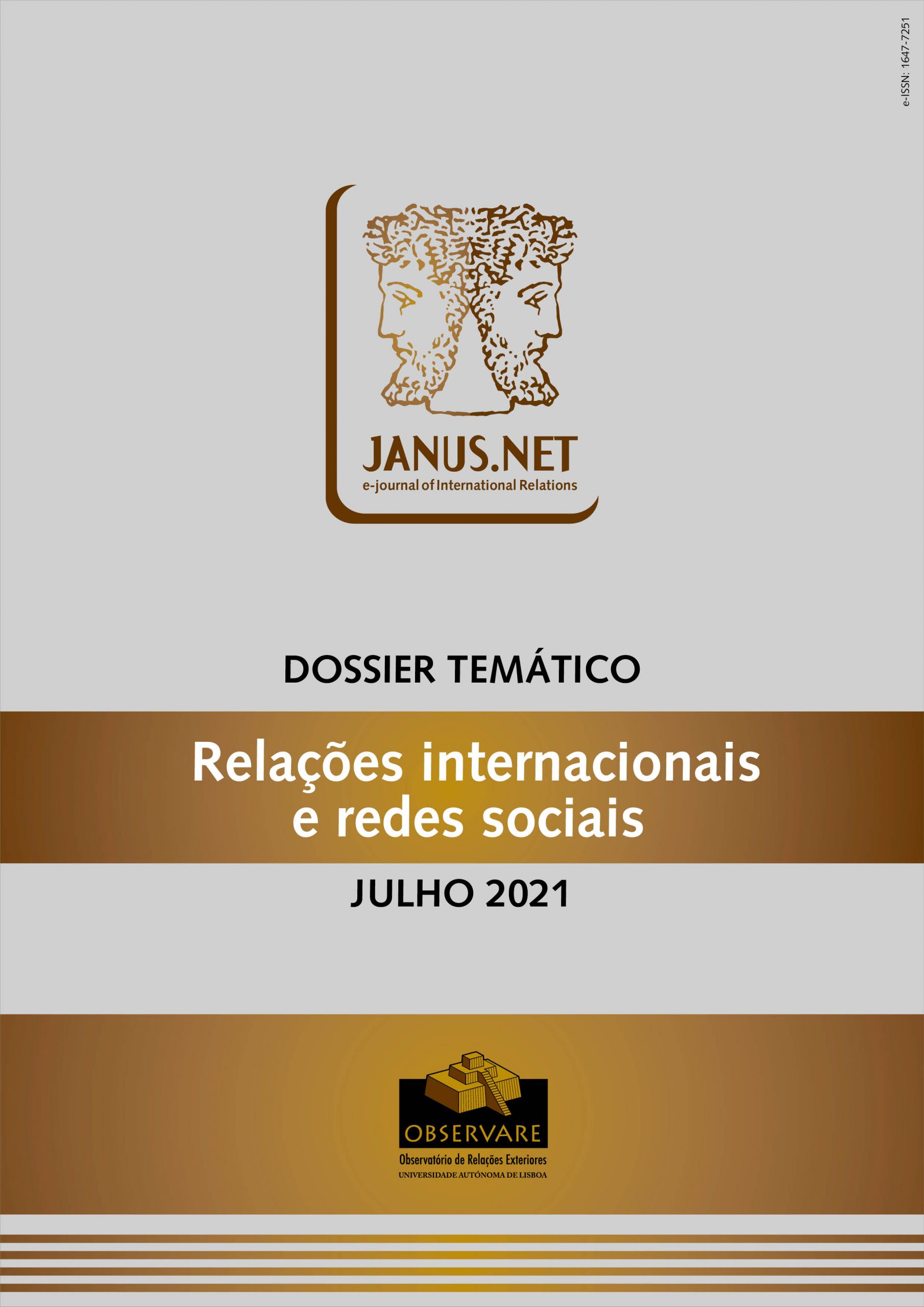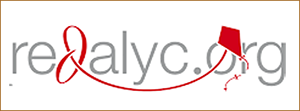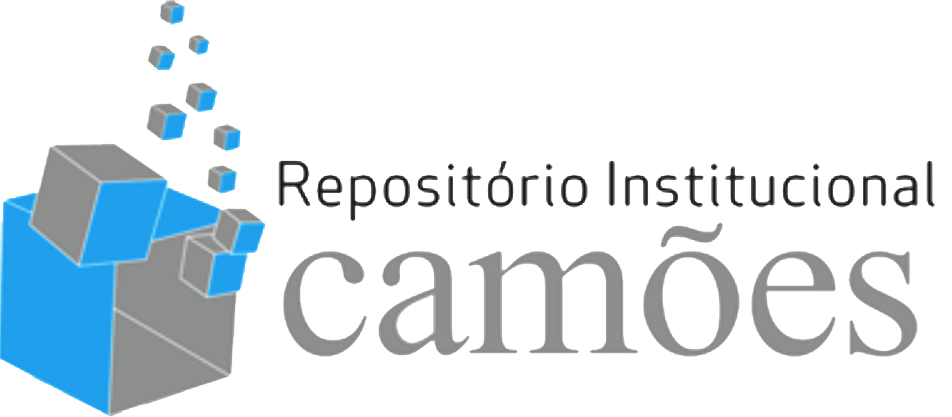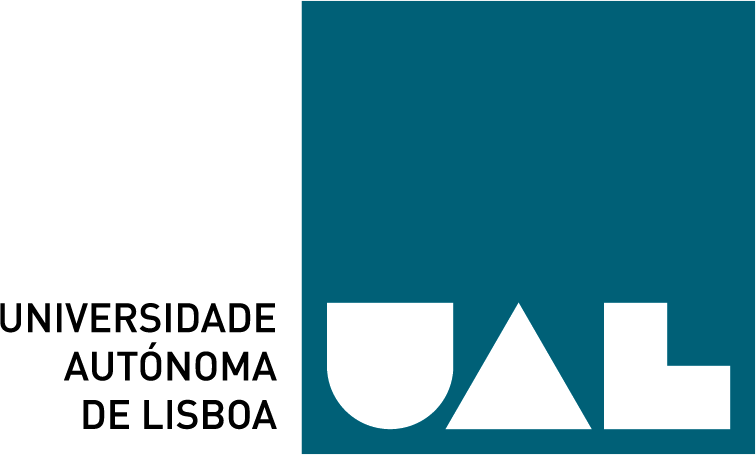El 5 de junio de 2017 Arabia Saudí, Emiratos Árabes Unidos, Egipto y Bahréin anunciaron la ruptura de relaciones diplomáticas y el cierre de fronteras con Qatar por apoyar supuestamente actividades terroristas que desestabilizaban la región. Para revertir esta situación se le exigen 13 requisitos que se niega a cumplir Qatar quedó aislado dentro del Consejo de Cooperación del Golfo a la vez que su imagen internacional se resintió, sobre todo tras el apoyo de la Administración Trump al bloqueo. En una coyuntura tan difícil, Qatar ha podido resistir desarrollando una diplomacia pública que integra los entornos analógico y digital y en la que la comunicación desempeña un papel esencial. Qatar defiende su inocencia ante la opinión pública regional e internacional y denuncia la campaña antiQatar y las noticias falsas que inundaron las redes sociales, especialmente Twitter, antes y en los primeros meses de la crisis. Desarrolla una estrategia de comunicación que muestra una disposición al diálogo, un respeto a los organismos internacionales donde defiende su causa junto con una actividad diplomática que refuerza sus posiciones ante actores tan variados como Estados Unidos, organismos internacionales, Kuwait o Turquía. Con esta estrategia Qatar transforma su influencia online en una influencia diplomática offline hasta conseguir que la mediación de Kuwait, con el apoyo de los Estados Unidos, ponga fin al bloqueo, máximo objetivo de su política exterior.
LA ESTRATEGIA DE COMUNICACIÓN DE QATAR Y LA RESOLUCIÓN DEL CONFLICTO DIPLOMÁTICO EN EL GOLFO
Doctora en economía aplicada. Postgrado de Inteligencia Económica y Seguridad. Economista
especializada en los países árabes y sus relaciones económicas con la UE. Docente en ESIC
Business & Marketing School y en varios máster y cursos de postgrado. Investigadora principal
en el grupo de investigación del Centro Euromagrebí de Investigación y Estudios Estratégicos
(CEMRES) del Diálogo 5+5 Defensa desde 2014. Fue responsable del Programa de Economía y
Negocios de Casa Árabe y analista de mercado en la Oficina Comercial de España en Ammán
(Jordania).
Resumo
On the 5th of June 2017, Saudi Arabia, the United Arab Emirates, Egypt and Bahrain announced the rupture of diplomatic relations and the closure of borders with Qatar in response to its alleged support for terrorist activities destabilising the region. In order to revert the situation, 13 demands were made, which Qatar refuses to meet.
Qatar was isolated within the Gulf Cooperation Council and its international image was damaged, particularly after the Trump Administration backed the blockade. In these trying circumstances, Qatar has managed to resist by developing a public diplomacy that integrates the analogue and digital environments in which communications play a vital role. Qatar has protested its innocence before regional and international public opinion, and it has denounced the anti-Qatar campaign and fake news stories that flooded social media, particularly Twitter, before and during the first months of the crisis.
It has developed a communication strategy showing its willingness to open dialogue, respect for international bodies where it defended its cause, together with diplomatic activities reinforcing its positions before very diverse actors such as the United States, international bodies, Kuwait and Turkey. Qatar used this strategy to transform its online influence into offline diplomatic influence until it succeeded in getting Kuwait to act as mediator, with the support of the United States, in order to put an end to the blockade, which was the top goal of its foreign policy.
Palavras-chave
Como citar este artigo
Santamaría, Ana Isabel González. La estrategia de comunicación de Qatar y la resolución del conflicto diplomático en el Golfo. Dossiê temático Relações Internacionais e Redes Sociais, Julhode 2021. Consultado [em linha] em data da última consulta, https://doi.org/10.26619/1647-7251.DT21.9
Artigo recebido em 5 Janeiro, 2021 e aceite para publicação em 18 Março, 2021















